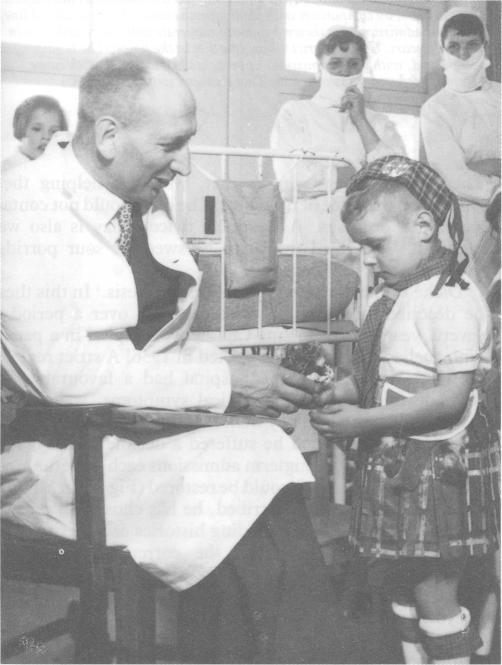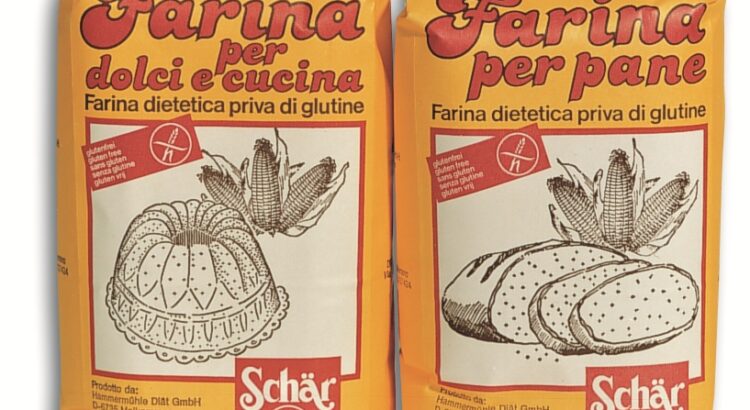Approximately 1 percent of people have Celiac disease. This means they can’t eat gluten, the proteins found in wheat, rye and many other grains. Even though only 1 percent of people can’t eat gluten, the supermarkets are filled with gluten free products. In restaurants as well, most menus offer gluten free options. I know this because I also eat gluten free – without having an official diagnosis, as do many people I know.
When I was 17, I would get stomach aches. Bread especially would cause me a lot of pain. But the allergy tests at the doctors would come back negative. Because I have family members who eat gluten free, I decided to slowly cut out gluten from my diet and replace these with gluten free alternatives. Over the past few years I’ve seen the amount of gluten free options in the supermarkets increase to the point where I get choice overload while doing my groceries. How did we end up here? How did a gluten free diet go from a strict medical prescription to a choice or, according to some people, a health hype?

History of the disease
Celiac disease has been around for a few centuries. The first description of Celiac symptoms date back to 250 BC. However, the knowledge that it is gluten that causes the symptoms is relatively new. In the 20s and 30s Celiac disease was treated with rest and a fruit diet. Dutch Doctor Willem-Karel Dicke was the first to notice a connection between wheat and Celiac disease. During the Second World war, fewer ‘normal’ foods were available to his patients. Dicke then noticed that the Celiac patients were doing better on a diet of tulip flowers and wheat free products. Ever since, people who suffer from Celiac disease have been put on a gluten free diet, then called ‘a wheat free diet’. Around the 1970s, a gluten free diet was also found fit for people who don’t suffer from Celiac disease but who are sensitive to gluten.
History of the diet


Eating gluten free is a problem in the Western World, where 75 percent of the calories we eat consist of wheat and grain products. In newspapers from the 50s and 60s, advertisements can be found of people looking for places to buy gluten free food.
There was also a lot of misinformation going around in newspapers. One example claimed a gluten free diet was for diabetic patients, another that a gluten free diet consists of sugar free foods.



Even though there are still many misconceptions about the gluten free diet – I’ve been asked too many times if I can eat fries, the answer is of course yes – as scientists learned more about the nutritional contents of food , it became clearer what exactly Celiacs need and how gluten free products can be made. For a long time these products were only available at health food stores.

This changed with Ulrich Ladurner, who sold gluten free products made by Dr Anton Schär to his patients. These were simple things like rice cream, but they didn’t contain any gluten. Ladurner took over the company from Dr. Schär and kept the name. From 1981 the company was focussing on getting their gluten free food to the consumer. Schär was one of the first brands that made gluten free food available on a bigger scale.
Popularization of the Diet
Like the availability of gluten free food, the gluten free diet became more common in the 90s. Around this time, the diet became popular among people who weren’t diagnosed with Celiac’s or gluten sensitivity. The no-carb diet became popular and gluten free food became more wildly available. This was not the only diet hype that existed in the last century. Every decade had its own diet; in the 80s, for example, it was the no-fat diet.


Gluten became the next victim of diet culture in the first decade of the 21st century. This is when books like Grain Brain or Wheat Belly written by doctors became popular. These books claim that gluten is bad for your brain and eating them will lead to brain diseases and other health problems. Even though these books face a lot of scientific criticism nowadays, they were widely read. Grain Brain, for instance, was a number one New York Times best seller in 2013.
In the same year Grain Brain hit the best seller lists, a survey was held in the US, which concluded that out of the people who eat gluten free 65 percent did so because they thought it was better for them. Another study in 2016 showed that in the US, young white women without a college degree are the group most likely to choose gluten free products for health reasons. Even though there is no scientific proof that a gluten free diet is healthier for people who don’t have Celiac or gluten sensitivity, many people now believe it. It seems scientific journals can’t compete with New york time best sellers.
Gluten free manufacturers don’t do much to disprove these myths, either. Marketing companies would label gluten free foods as extra healthy so that more people would buy them. This also happens to products that don’t even contain any gluten: rice cakes that get a gluten free label are sold for almost three times as much.

Next to popular books and the marketing industry, the internet is also to blame for this gluten free trend. Food is an extremely popular topic on social media, with influencers talking about their diets and eating habits. There’s also an increasing number of celebrities and professional athletes who are known for eating gluten free.
I experience this popularization of gluten free food first hand, from gluten free bread being sold out in the supermarket to the increase of extra money restaurants ask to serve dishes with gluten free bread. The increasing popularization of gluten free food goes hand in hand with the popularization of diets in the past few decades. The Gluten Free diet is one of the most populair diets there is today. But, there is no scientific prove for the health benefits people claim it has. It does not lead to weight loss and you can get a deficiency of certain vitamins if you’re not under doctor supervision. The Gluten Free hype has lead to a bigger availability of gluten free food but also to an increase of prices. It is still important to remember that the gluten free diet, while it may be a hype for some, is a necessity for others.
By Margit Hilde Anna Dullaart
Gluten Free Sources for further reading:
Why did the gluten-free craze take off?
https://zoe.com/learn/why-the-gluten-free-craze-took-off
More than a quarter of Americans eat gluten-free foods to help them lose weight
https://www.mintel.com/press-centre/gluten-free-food-to-lose-weight
‘Pioneer in the gluten free diet: Willem-Karel Dicke 1905-1962, over 50 years of gluten free diet’ Gut. 1993 Nov; 34(11): 1473–1475.
doi: 10.1136/gut.34.11.1473
A History Of Gluten-Free Bread – Everything You Need to Know About Alternative Bread
https://www.thespruceeats.com/a-history-of-gluten-free-bread-4796997
‘The natural history of wheat allergy’, Keet et al. In ANNALS OF ALLERGY, ASTHMA & IMMUNOLOGY (2009) 102: 410–415.
‘Going Gluten Free: the History and Nutritional Implications of Today’s Most Popular Diet’ Newberry et al. Curr Gastroenterol Rep. September 2017 doi: 10.1007/s11894-017-0597-2. PMID: 28948465.
